In the previous post, I talked about the manifesto posters that the various political parties put up during a General Elections. This time around, I’ll be looking at the posters that feature the candidates. Above are the various poster designs of the People’s Action Party (PAP) in 1972, 1976, 1988 and 1991 respectively. The lack of colour coincides with the period when colour printing wasn’t cheaply available yet. The choice of portraits was also conservative, or maybe even practical, since it is just as likely that these would have used for Identity Cards, or worse, funerals. It was only in the 1997 elections that the candidate photos came in colour, and by 2001, Photoshop also came into the picture.
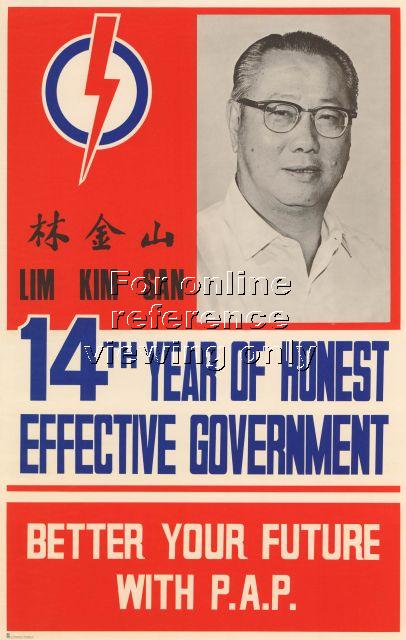
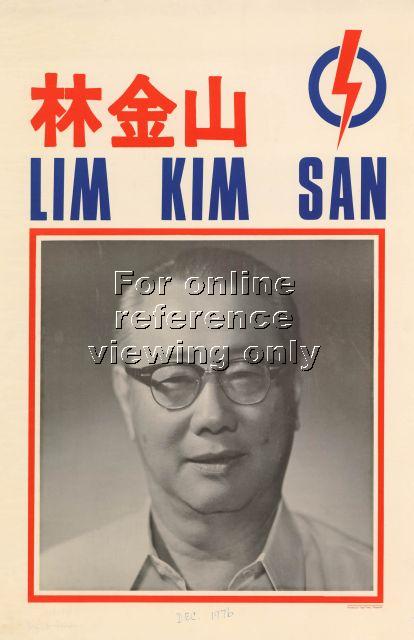


In contrast to these posters of the ruling PAP, the candidate posters of the opposition parties have generally been ‘less designed’, as evident in these posters of the Workers’ Party (WP) (1980), Barisan Sosialis (BS) (1984), Singapore Democratic Party (SDP) (1984), United People’s Front (1988), Democratic Progressive Party (1997) and National Solidarity Party (NSP) (1997). With the exception of NSP’s poster, the other opposition candidates don’t subscribe to the “less is more” attitude of the PAP posters. Instead, they try to squeeze the logo, slogan, party name (in all four languages!), candidate name, and in case you still don’t get it, icon or tagline reminding you to vote for him or her. One might attribute this desire to squeeze as much as they can to the lack of funding to print better posters, but one must also remember that by law, each candidate has a fixed budget for their elections campaign. For the last elections, one could only spend on average, $3 per voter.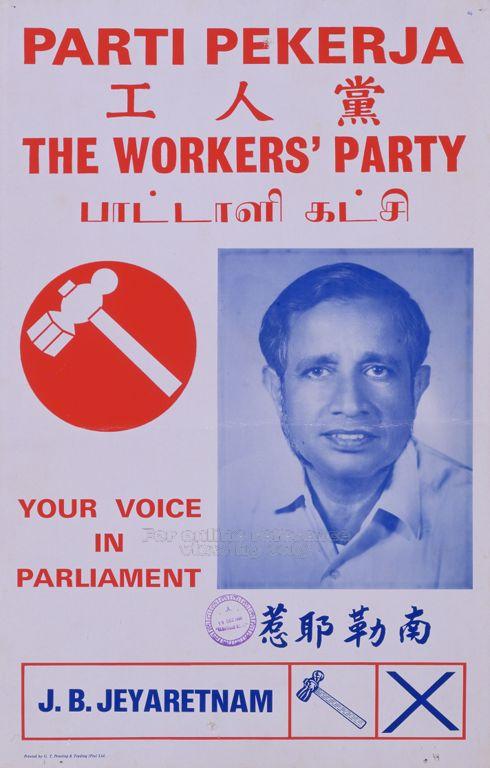
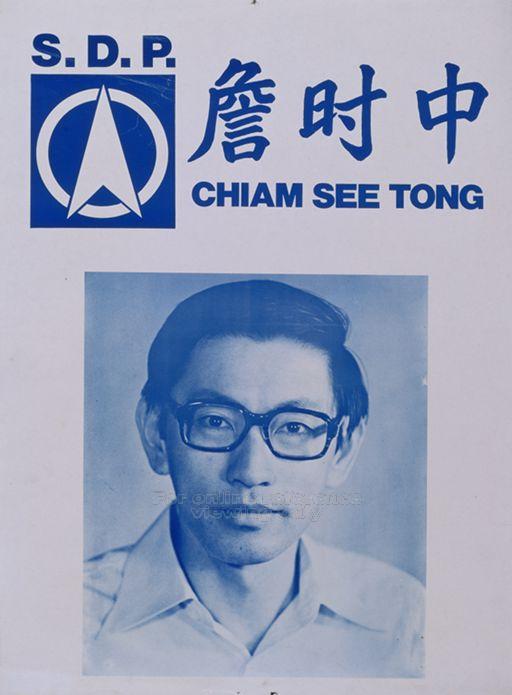

There few exceptions of distinctly designed posters of opposition candidates have come from two controversial ones: SDP’s Chee Soon Juan (1997) and Singapore Democratic Alliance’s Steve Chia (2006 and 2001). For some reason, the latter’s posters reminds me of real estate advertisements. I think it’s the man in a suit with the choice of colours.
A new type of candidate posters had to be designed in 1988 when the Group Representation Constituency (GRC) came about. Suddenly, one candidate had to share the same space with two or more as seen in these posters of the PAP (1988), WP (1997), SDA (2006) and PAP (2001).
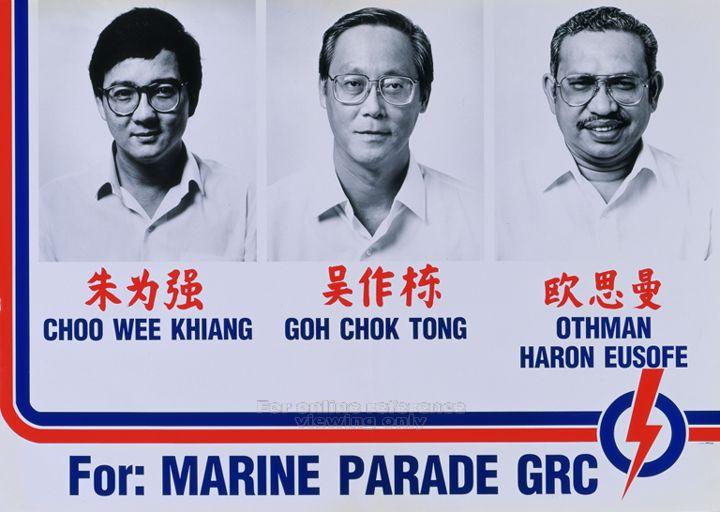
Finally, just a quick look at a quirky category of posters that belong to the independent candidate, a breed that has not existed since the 2001 elections. Their posters reflects how inadequate they are without the resources and machinery of a party.
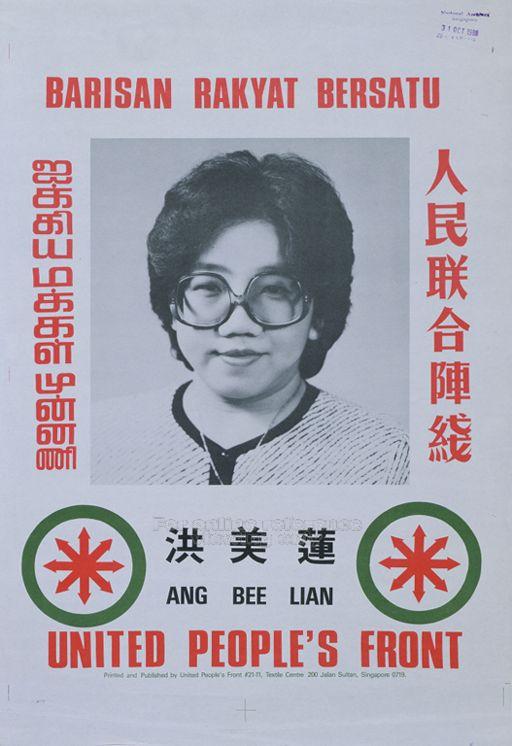
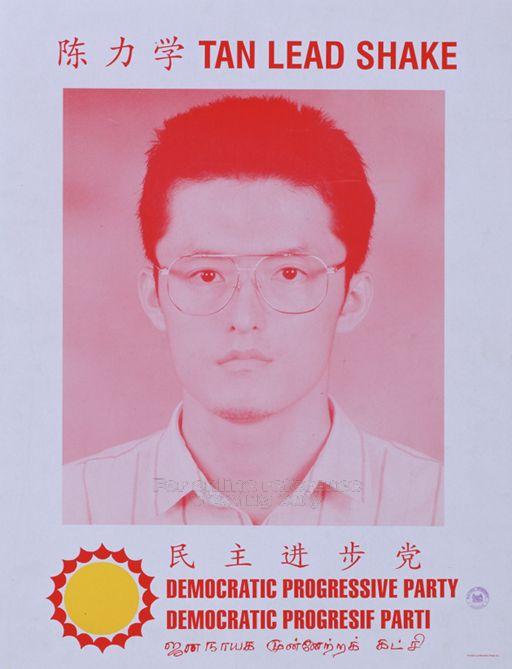

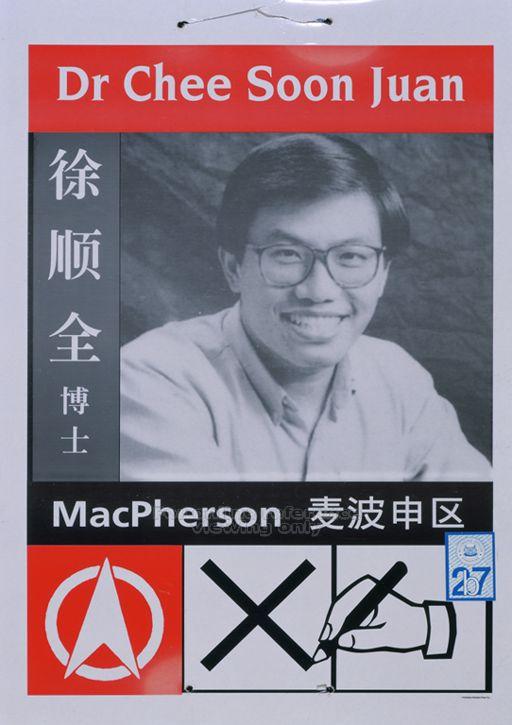
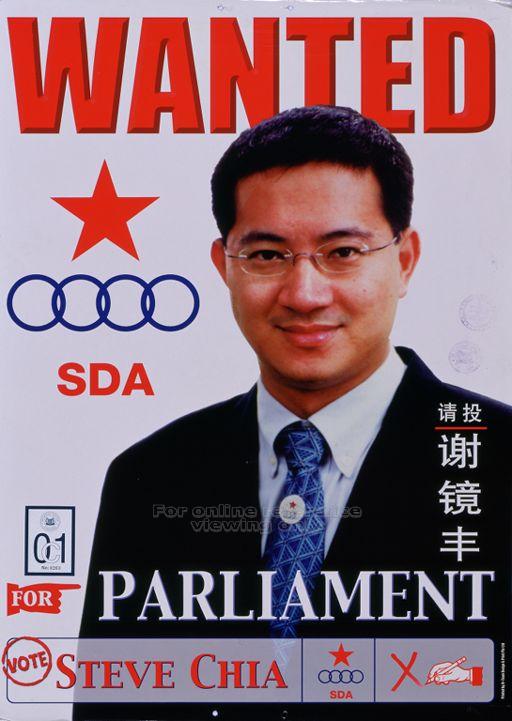
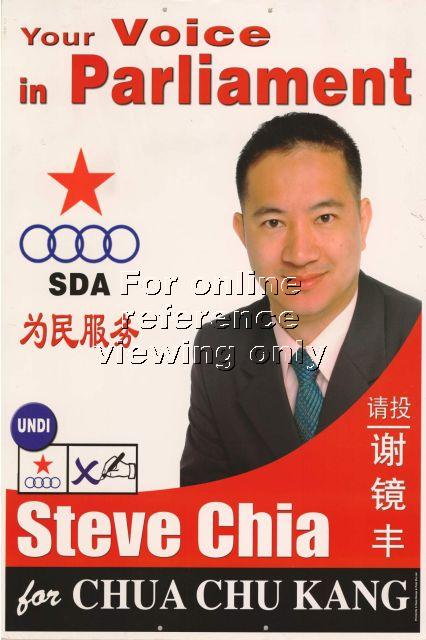

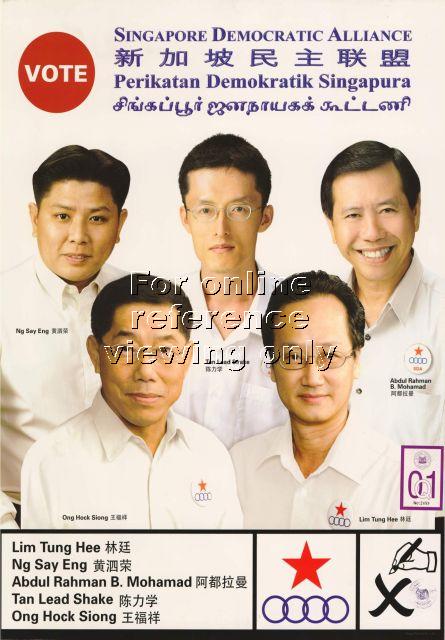
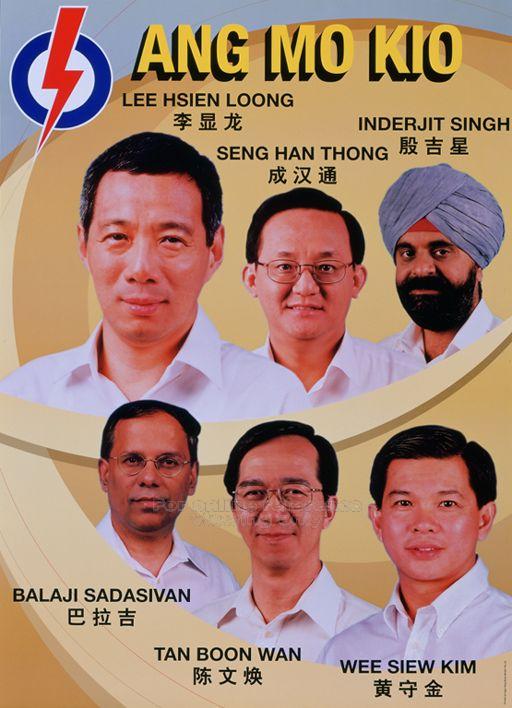
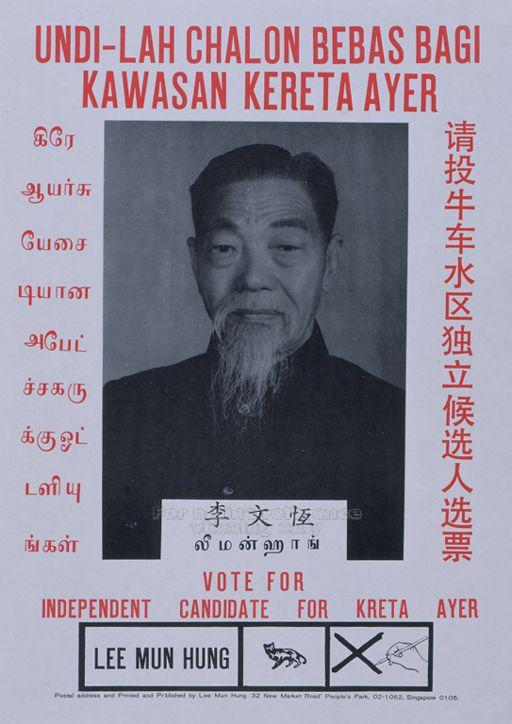
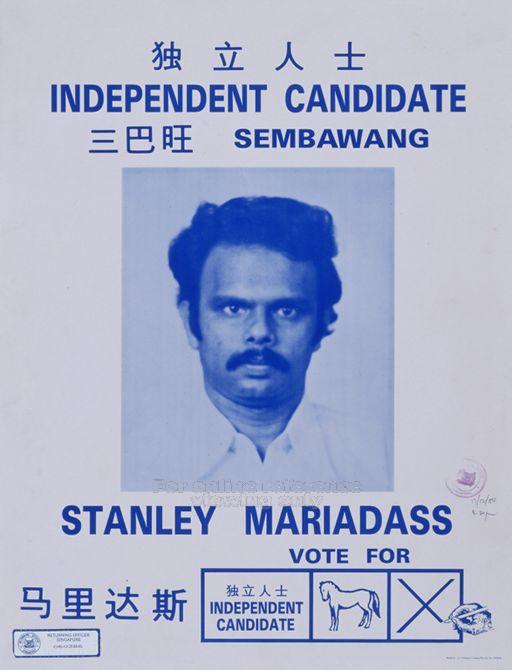

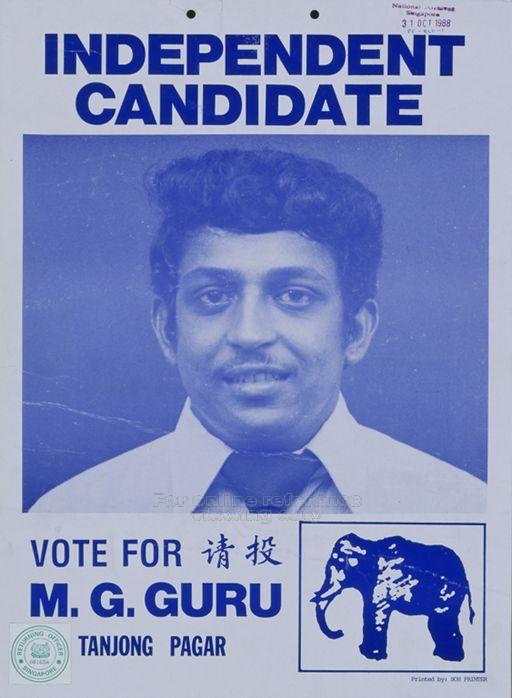
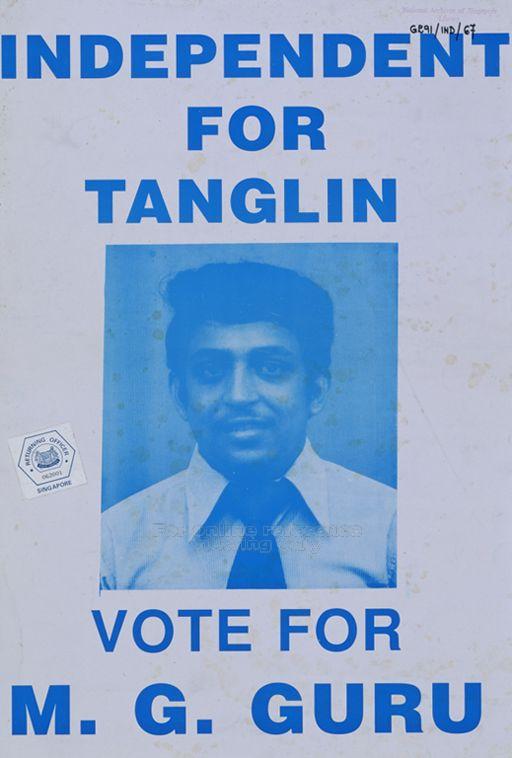

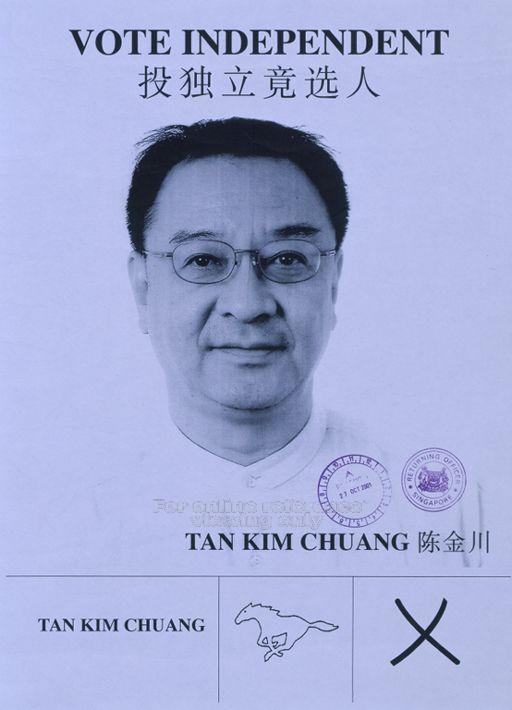












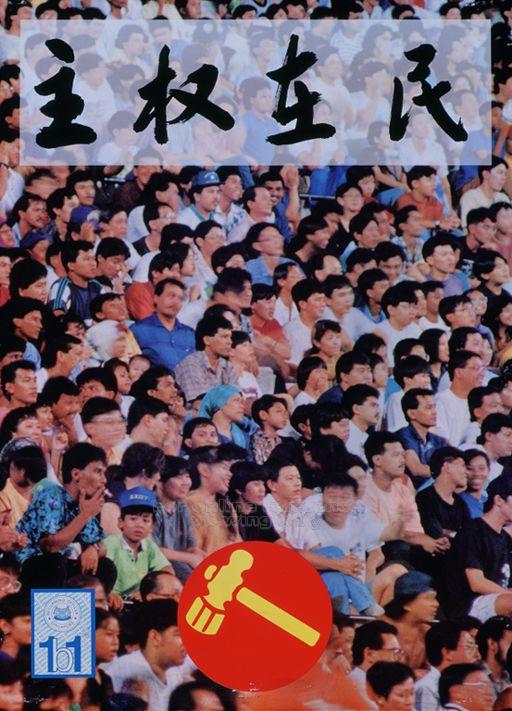

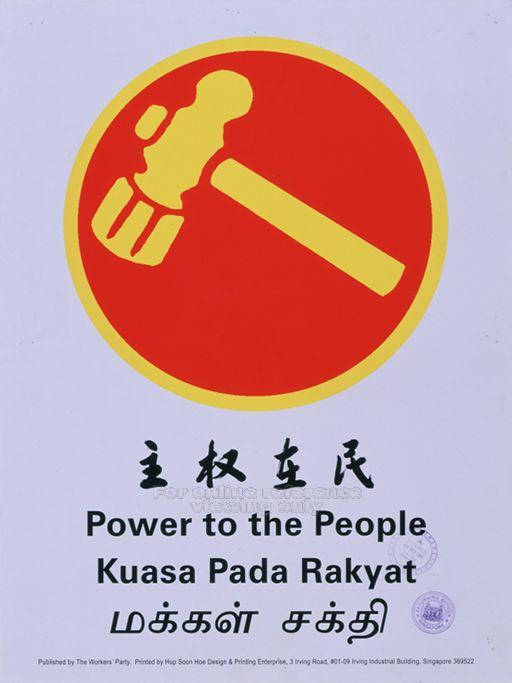
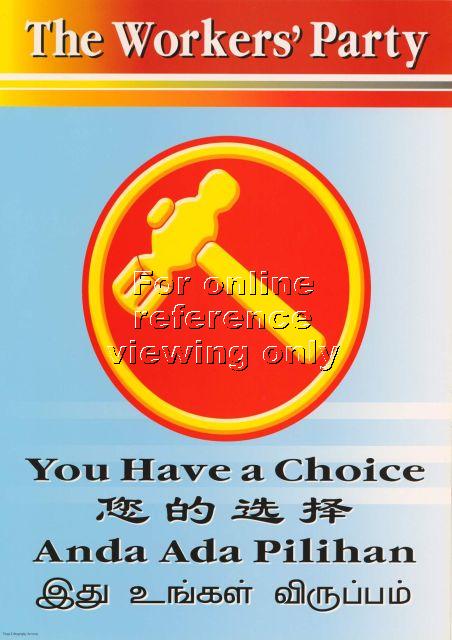

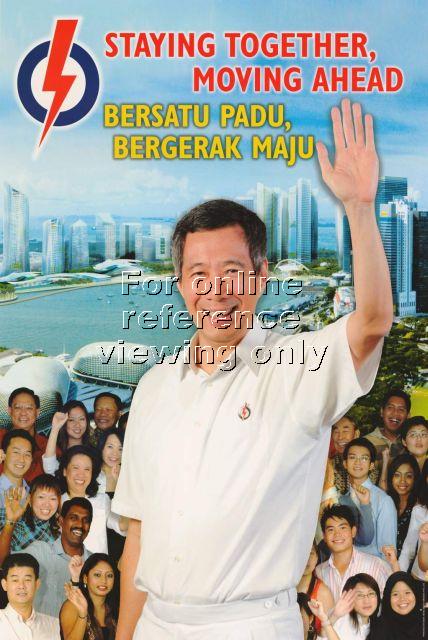
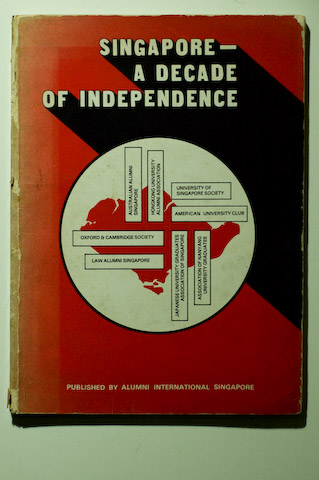 How else can Singapore look like today?
How else can Singapore look like today? An interesting point to note was how this book was meant to raise funds for the organisation to built a “Monument to the Early Pioneers” that never came true. All that is left of this effort is a foundation stone (right) that is found in the National Archives today. It was originally located at the waterfront side of Collyer Quay and was relocated to its present location because of road works there.
An interesting point to note was how this book was meant to raise funds for the organisation to built a “Monument to the Early Pioneers” that never came true. All that is left of this effort is a foundation stone (right) that is found in the National Archives today. It was originally located at the waterfront side of Collyer Quay and was relocated to its present location because of road works there. Another group that proposed an alternative vision of urban Singapore was the Singapore Planning and Urban Research Group (S.P.U.R.) that was set up in 1965 by a group of architects and planners. Its more prominent members include William Lim and Tay Kheng Soon. Its ideas and works can be found in “SPUR 1965-1967” (left), a self-published report and you can still purchase limited copies of it at
Another group that proposed an alternative vision of urban Singapore was the Singapore Planning and Urban Research Group (S.P.U.R.) that was set up in 1965 by a group of architects and planners. Its more prominent members include William Lim and Tay Kheng Soon. Its ideas and works can be found in “SPUR 1965-1967” (left), a self-published report and you can still purchase limited copies of it at